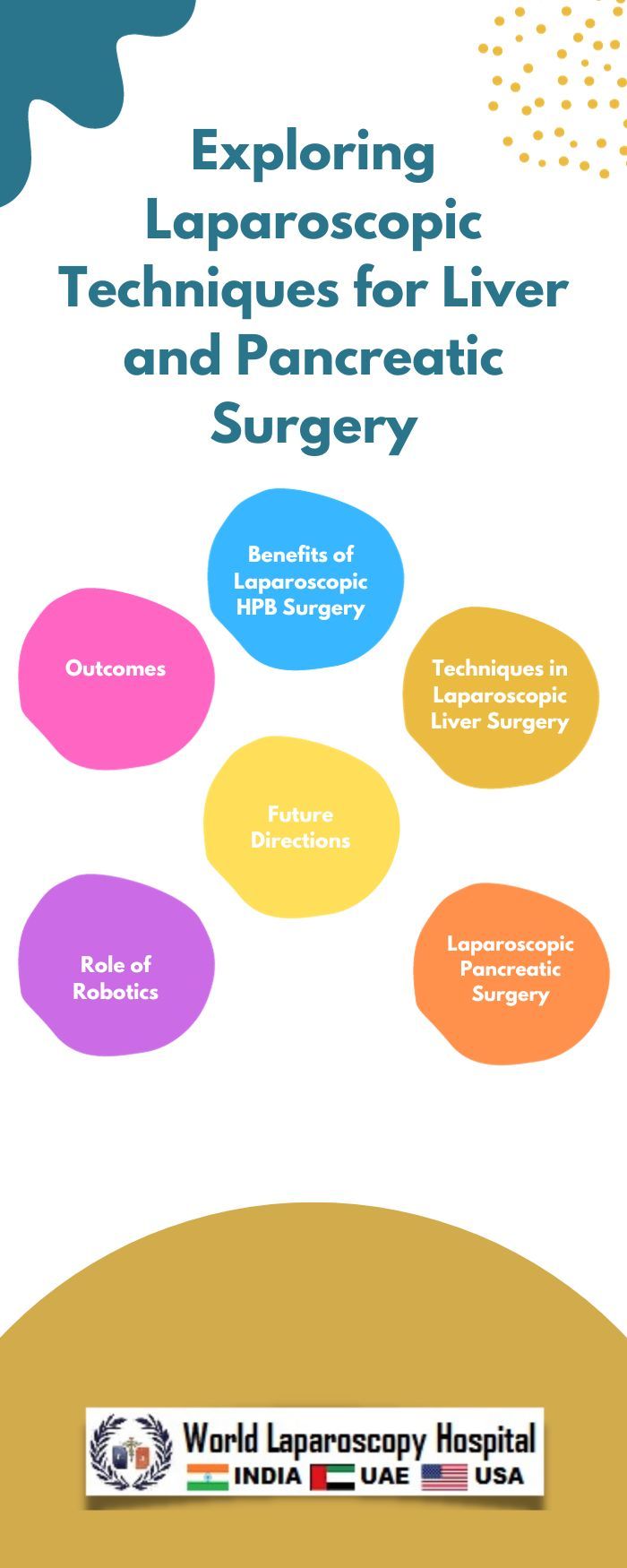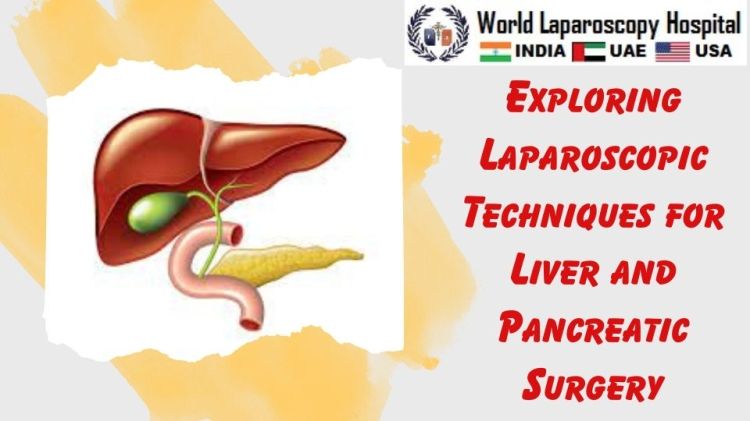Title: Exploring Laparoscopic Techniques for Liver and Pancreatic Surgery
Introduction:
In the realm of surgical innovation, laparoscopic techniques have revolutionized the field of hepatopancreatobiliary (HPB) surgery. As a surgeon based in Gurugram, you understand the importance of staying at the forefront of medical advancements. In this article, we will delve into the fascinating world of laparoscopic surgery for liver and pancreatic procedures, exploring its benefits, techniques, and outcomes.

The Evolution of Laparoscopic Surgery in HPB Procedures
Laparoscopic surgery, also known as minimally invasive surgery, has come a long way since its inception. Its applications in HPB surgery were initially limited, but over time, it has gained popularity and acceptance due to various advancements.
A. Historical Perspective
- Early Challenges
- Key Milestones
B. Widening Scope
- From Cholecystectomy to Complex HPB Cases
- The Role of Gurugram in Advancing Laparoscopy
Benefits of Laparoscopic HPB Surgery
The adoption of laparoscopic techniques in liver and pancreatic surgery has been driven by the numerous advantages it offers:
A. Reduced Surgical Trauma
- Smaller Incisions
- Less Blood Loss
- Lower Pain Levels
B. Faster Recovery
- Shorter Hospital Stay
- Early Return to Normal Activities
C. Improved Cosmesis
D. Enhanced Visualization
- High-definition Imaging
- 3D Laparoscopy
Techniques in Laparoscopic Liver Surgery
Laparoscopic liver surgery presents unique challenges due to the organ's complexity and the need for precise surgical maneuvers. However, innovative techniques have been developed to overcome these challenges:
A. Segmental Resection
- Couinaud's Segments
- Left Lateral Sectionectomy
B. Major Liver Resections
- Right and Left Hepatectomy
- Laparoscopic Associating Liver Partition and Portal Vein Ligation for Staged Hepatectomy (ALPPS)
C. Laparoscopic Donor Hepatectomy
Laparoscopic Pancreatic Surgery: A Delicate Art
Pancreatic surgery is renowned for its complexity, and laparoscopic approaches have been developed to offer patients better outcomes with reduced morbidity:
A. Distal Pancreatectomy
- Splenectomy vs. Spleen-Preserving Techniques
- Management of Pancreatic Fistula
B. Whipple Procedure (Pancreaticoduodenectomy)
- Challenges and Innovations
The Role of Robotics in HPB Surgery
The integration of robotic technology into laparoscopic HPB surgery has opened new horizons, allowing for greater precision and dexterity in complex procedures. Discuss the benefits and challenges of robotic-assisted surgery.
Outcomes and Complications
Evaluate the clinical outcomes of laparoscopic liver and pancreatic surgery, including survival rates, complication rates, and quality of life for patients.
Challenges and Future Directions
Discuss the remaining challenges in laparoscopic HPB surgery and the potential future developments that may further enhance its efficacy and safety.
Conclusion
As a surgeon in Gurugram, embracing laparoscopic techniques in liver and pancreatic surgery is not just a choice but a necessity to provide your patients with the best possible care. The evolution of minimally invasive approaches in HPB surgery has reshaped the landscape of surgical practice, offering patients shorter recovery times, improved outcomes, and enhanced quality of life. Staying informed about these advancements is crucial for delivering cutting-edge medical care in your region and beyond.
This article is just a glimpse into the vast world of laparoscopic techniques for liver and pancreatic surgery, and there is much more to explore and discover. As you continue to hone your skills and adapt to new technologies, you contribute to the ever-evolving field of surgical excellence.
With dedication and a commitment to excellence, the future of laparoscopic HPB surgery in Gurugram and beyond looks promising, offering patients hope and healing through the power of innovation.
